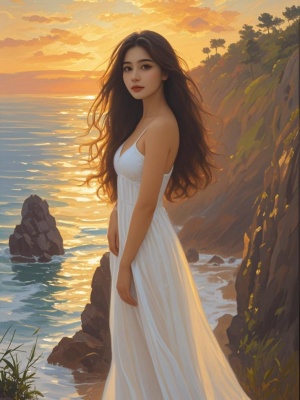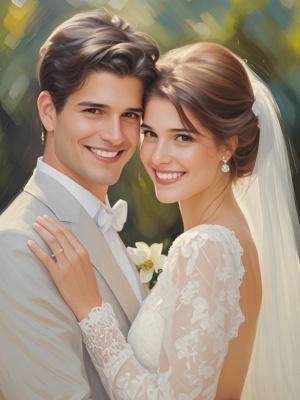The Timeless Charm of Vintage Dog Oil Paintings
Introduction
Vintage dog oil paintings hold a special place in the world of art and pet lovers alike. These exquisite artworks capture the essence of canine companions through the skilled brushstrokes of master artists. Whether you're an art collector, a dog enthusiast, or simply appreciate the beauty of vintage art, understanding the history, value, and appeal of these paintings can deepen your appreciation for this unique art form.
The History and Evolution of Canine Portraiture
From Royal Courts to Family Homes
The tradition of dog portraiture dates back centuries, with some of the earliest examples found in royal courts where prized hunting dogs were immortalized in oil. During the 18th and 19th centuries, dog paintings became increasingly popular among the aristocracy and later the middle class. Artists like Sir Edwin Landseer and Maud Earl elevated canine portraiture to fine art status, creating works that are still highly sought after today.
Notable Artists and Styles
Several artists specialized in vintage dog oil paintings, each with their distinctive style:
- Sir Edwin Landseer - Known for dramatic, emotional portrayals of dogs
- Maud Earl - Famous for her elegant, detailed portraits of purebred dogs
- Arthur Wardle - Renowned for his sporting dog paintings
- George Earl - Master of Victorian dog portraiture
Why Vintage Dog Paintings Remain Popular Today
Timeless Appeal and Emotional Connection
Vintage dog oil paintings continue to captivate collectors and art lovers for several reasons. They offer a window into historical relationships between humans and dogs, showcase exceptional artistic technique, and evoke strong emotional responses. Many pet owners today commission modern interpretations of vintage-style dog portraits to honor their own pets, as seen in our pet portrait gallery.

Investment Value
High-quality vintage dog paintings by known artists can be valuable investments. According to auction records at Sotheby's and Christie's, prices for exceptional pieces have steadily increased over the past decade. Even unsigned works from the Victorian or Edwardian eras can command significant prices when they display exceptional quality.

Identifying and Authenticating Vintage Dog Paintings
Key Characteristics to Look For
When examining potential vintage dog oil paintings, consider these authenticating factors:
- Brushwork and technique consistent with the period
- Appropriate aging of materials (canvas, paint, frame)
- Period-appropriate subject matter and composition
- Artist signatures or provenance documentation
Common Problems and Solutions
| Problem | Solution |
|---|---|
| Faded colors | Professional cleaning and varnish application |
| Cracked paint | Consult a conservator for stabilization |
| Uncertain attribution | Seek expert appraisal and research provenance |
Caring for Your Vintage Dog Oil Paintings
Proper care is essential to preserve these valuable artworks. Keep them away from direct sunlight, maintain stable humidity levels, and have them professionally cleaned every few years. For those interested in modern alternatives, our AI painting guide offers insights into creating digital vintage-style pet portraits.
Conclusion
Vintage dog oil paintings represent a beautiful intersection of art history and canine admiration. Whether you're a serious collector or simply appreciate these historical artworks, understanding their background, value, and care requirements enhances the enjoyment of these timeless pieces. For those inspired to create their own vintage-style pet portraits, modern techniques like those discussed in our portrait to art conversion guide offer exciting possibilities while honoring this rich artistic tradition.
For further reading on art conservation techniques, visit the Getty Conservation Institute, a leading authority on art preservation.